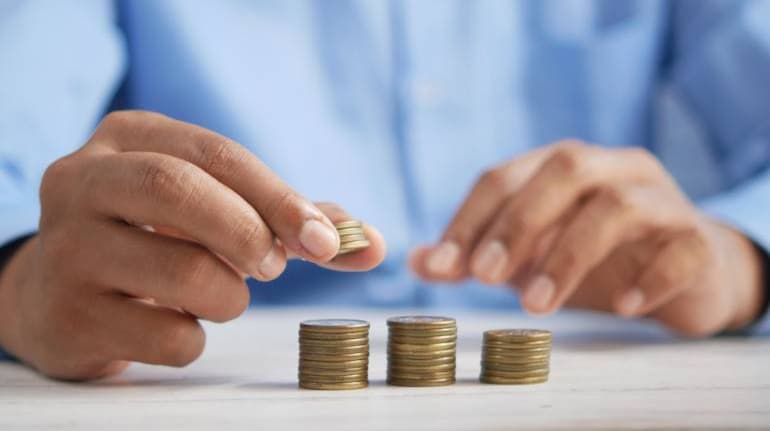



Module 1, chapter 4: The performance of a country’s stock market and its economy are linked. One cannot do well unless the other is in sync. That is why learning how the economy works and the causes of its up and down cycles is important. This chapter will discuss the different phases of an economic cycle and its causes.
Understanding the economic cycle is important for investors. It helps them decide when to invest and when to exit the market, as it directly impacts everything in the investment world such as stocks, bonds, returns and profits.
So, what is an economic cycle? It is the fluctuating state of a country’s economy between periods of expansion and contraction. Here, the economy refers to a range of production and consumption activities that determine how resources need to be allocated. Further, the stage of an economic cycle can be determined with the help of metrics like GDP (gross domestic product), consumer spending, and total employment.
Different Phases of an Economic Cycle
An economic cycle consists of four phases: expansion, peak, contraction and trough. We will examine each of these.
Expansion
In this phase, there is a significant increase in positive economic indicators such as income, employment, output, profits, demand, wages, and supply of services and goods. During this stage, the frequency of money supply is high, debtors pay their off loans before deadlines, and investment is also high. This process continues while economic conditions are suitable for expansion.
Peak
After the expansion stage, the economy may reach a high point or peak, which is the next stage of the economic cycle. At this saturation point, the maximum limit of growth is achieved. The economic indicators discussed above are at their highest and do not grow. Prices are at their highest and consumers reconstruct their budget at this time. Moreover, this stage is a reversal point in the economic growth trend.
Contraction
After the peak phase comes the contraction stage, when demand for services and goods starts decreasing rapidly. Initially, producers don’t notice the declining demand and continue producing, resulting in a surplus supply in the market and low demand. Prices and other economic indicators like income, employment, wages, and output start to fall consequently.
Trough
The economy hits its bottom at this stage. This is the culmination point when the decline in demand for goods/services reaches its lowest. It is accompanied by significant depletion of national expenditure and income.
Expansion Starts Again
After the trough phase, the economy shifts into the recovery stage. In this stage, the economy experiences a turnaround and begins to recover from the fall. Demand starts rising due to low prices, and supply increases in the market. Further, the population starts looking at investments positively, and employment rises.
During this phase, depreciated capital is replaced, resulting in new investments in production. This phase continues until the economy reaches steady growth levels.
What causes a country's economy to rise or fall?
Several internal and external factors cause a nation’s economy to rise or fall. Some of these factors are:
- Internal factors affecting the economy
- Changes in demand
- Fluctuations in investments
- Interest rate and supply of money
- Macroeconomics policies
- External factors affecting the economy
- War
- Technology innovations
- Population explosion
- Natural factors like a flood, drought, famine, earthquake
Investing With the Economic Cycle - Should You Do It?
Economy cycle investing can be considered an intermediate-term strategy because it is neither as short term as day trading nor is it as long term as buy-and-hold investing. Note that each phase of an economic cycle can last for a period ranging from a few months to a few years.
Many investors prefer a long-term buy-and-hold strategy because they don’t have to time the market and make many changes to their portfolios. That is a great strategy for most investors.
However, experienced investors can choose to top up their investments at the bottom of the economic cycle, when stock prices are also generally lower. They may also choose to lighten their positions when an economy gets overheated – a phase that is also generally associated with high stock prices.
Conclusion
Understanding the economic cycle can help people make better financial decisions like when to invest, buy a home and search for jobs. If you're an investor, then a good idea is to shift a portion of your portfolio with the economic cycle, which will help you gain better returns.
Discover the latest Business News, Sensex, and Nifty updates. Obtain Personal Finance insights, tax queries, and expert opinions on Moneycontrol or download the Moneycontrol App to stay updated!